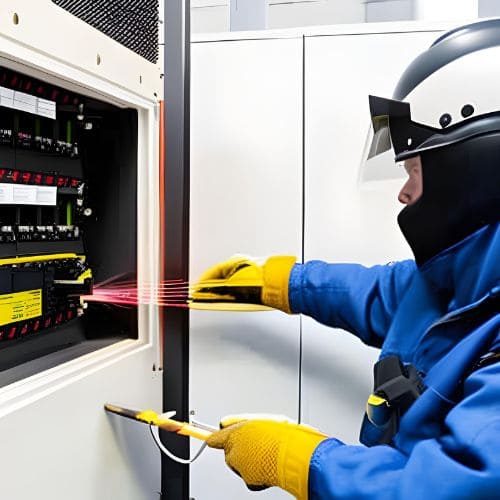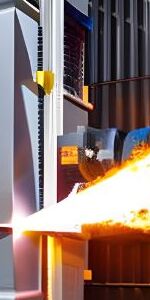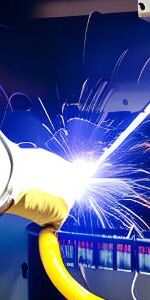The Significance of Arc Flash Hazard Analysis and Mitigation Techniques
Electrical arcs can emerge when a gas is subjected to a voltage greater than its insulating characteristics. When the voltage between the conductors is sufficient to ionize the air, an arc will occur. Ionized air becomes a good conductor, permitting the passage of electricity. The ionization of air generates a current that generates heat and brilliant light. This heat causes ionized air to rise, forming an arch-shaped circulation, hence the name of this phenomena. An arc flash generates temperatures of up to 20,000 degrees Celsius.
Arc flash hazards pose threats to both people and property. Among the economic effects of arc in flash are the following:
- Direct expenditures include medical treatment, rehabilitation, and worker’s compensation, in addition to the cost of accident investigation and lost productivity.
- Legal and judgement costs, litigation costs, penalties, insurance premiums, repair costs, and replacement labor costs are examples of indirect expenditures.
- Due to unfavorable repercussions, your reputation, ability to compete on the job market, and risk of facing criminal charges may suffer.
- Arc-related incidents tend to leave an impression, resulting in missed opportunities and lost revenue.
Table of Contents

Arc Flash Hazard Causes:
- Using the test probe on the incorrect surface
- Inappropriate tools, installation, and work methods
- Utilizing faulty electrical components
- Insulation damage or equipment gaps
- Disconnect panel interference
- Electrical equipment dust or corrosion
- Improper circuit breaker and switch maintenance
- Exposed live parts or frayed connections

Arc Flash Danger Mitigation Techniques:
Deactivating electric components:
It minimizes potential risks to the greatest extent possible. Work on electrified equipment should be avoided, and testing or re-energizing de-energized equipment should be performed with extreme caution. Using remote tracking technology, circuit breakers are kept away from arc flash boundaries that may jeopardies their operators.
Employ low-risk technology:
Arc flash analysis and power system studies are performed to assess the dangers posed by short circuits and protective device coordination. Protect humans and property with low-threat measures, such as remote rack equipment.
Redesign electrical and control systems:
Ensure the availability of PPE (Personal Protective Equipment) matching to the arc flash hazard category. Changes are being made to technical equipment and processes to reduce dangers. Energy distribution systems and circuit breakers are designed to restrict incident energy.



Diminish the available fault current:
Non-current limiting circuit breakers will allow the industry to limit the amount of fault current that is available. These devices can be utilized for maintenance with an open connection. Opening the connection between dual power sources during maintenance reduces the risk of arc flash by reducing the available fault current. Current-limiting reactors can be used to create a bottleneck in the flow of electrical current, halting current flow during arc faults.
Change the blast energy:
Promote the utilization of arc-resistant materials arc-resistant switchgear utilizes sealed joints, top-mounted pressure relief vents, and reinforced hinges to channel arc flash energy and heat through ducts to an unoccupied location. CareLabs does comprehensive arc flash analysis. To update your safety program, specialists examine arc flash risks. CareLabs are able to discover and execute contemporary arc flash risk prevention solutions.
CareLabs is capable of studying and deploying cutting-edge arc flash risk mitigation technologies. The program ETAP (Electrical Transient Analysis Program) is utilized by CareLabs for research and analysis. We utilize crew members in several capacities to ensure that our knowledge is easily accessible in both routine and emergency scenarios. Rapidly gaining ISO 9001:2008 accreditation and customer loyalty. Taiwan cities include Taipei, Kaohsiung, Taichung, and Tainan.
RELATED NEWS








Coordination


RELATED NEWS











